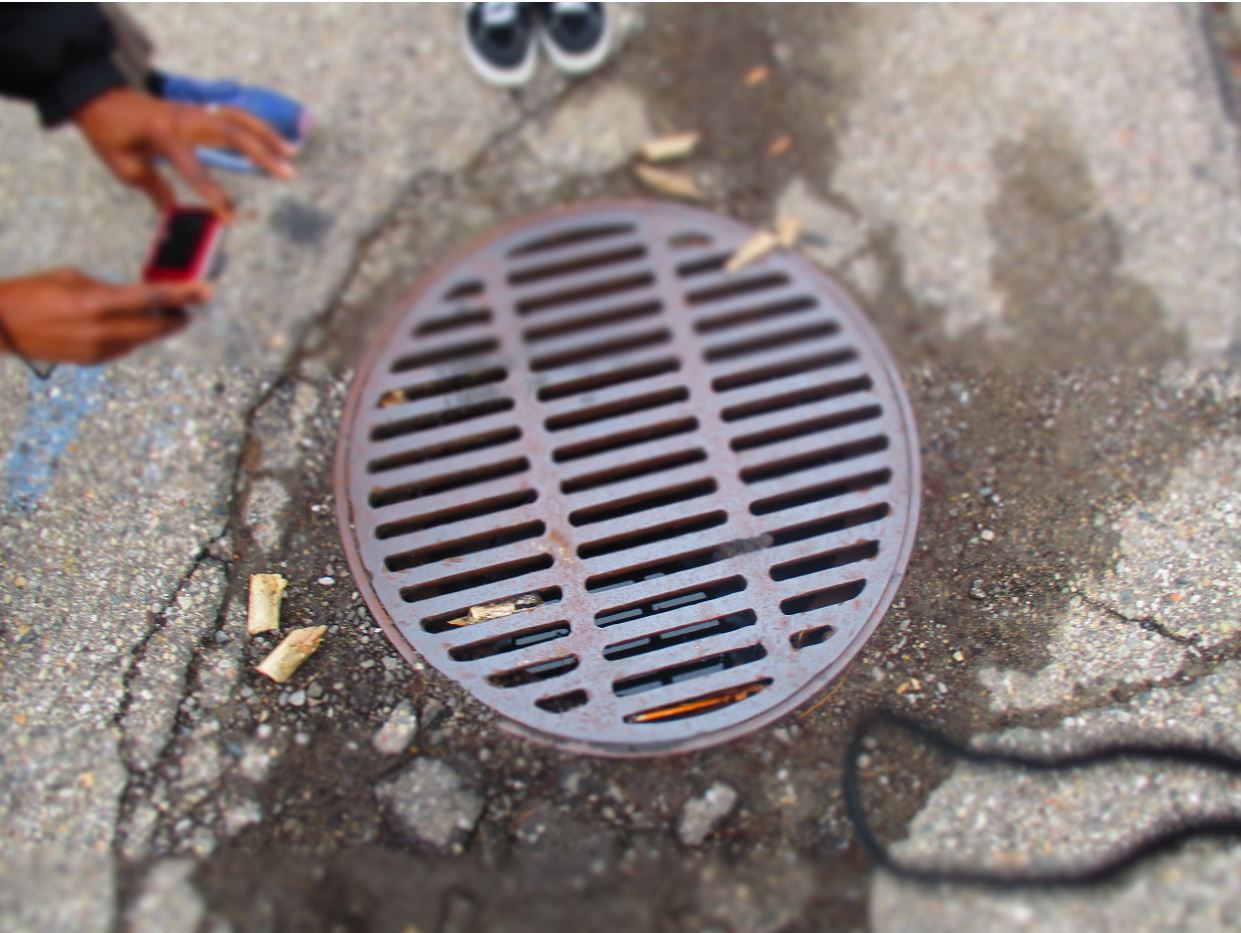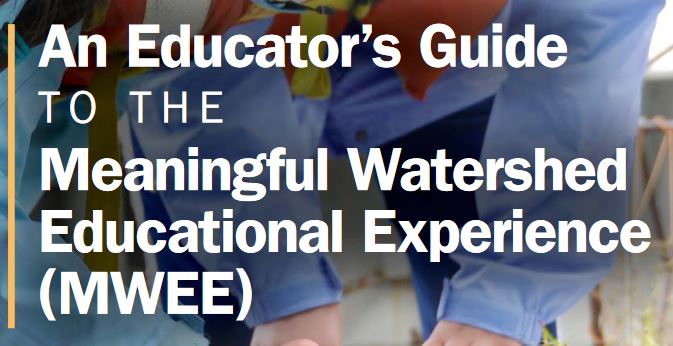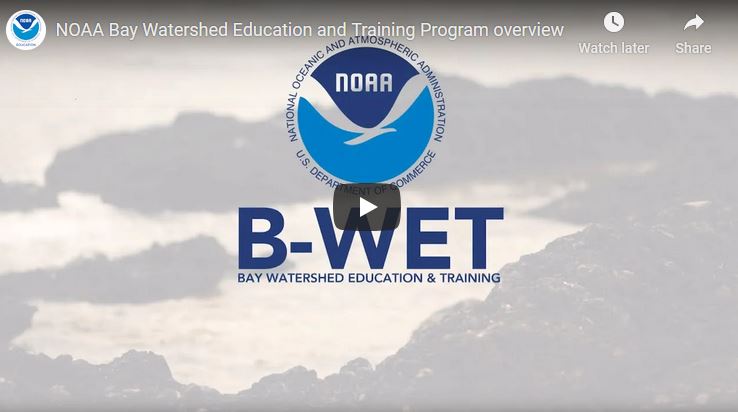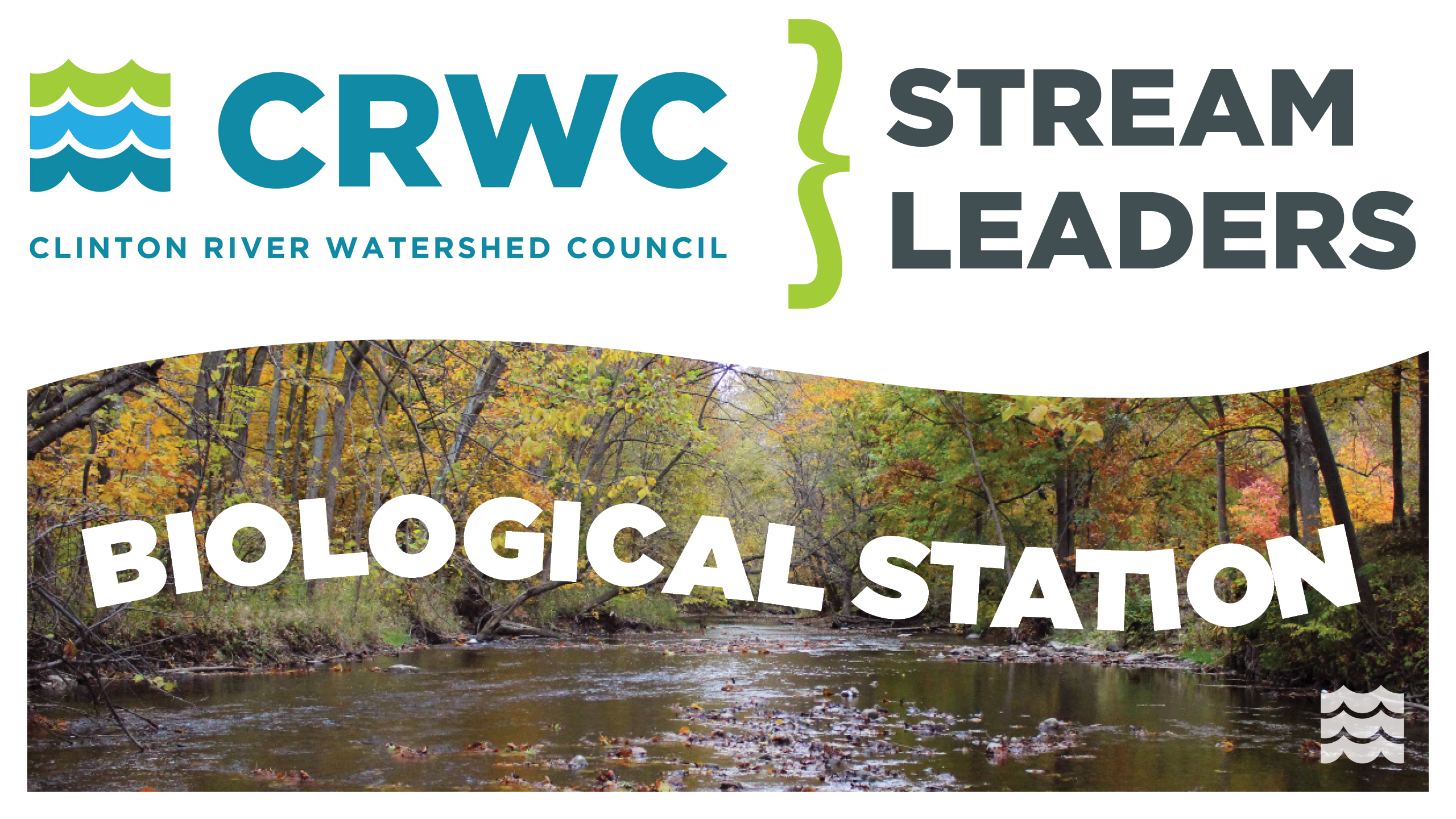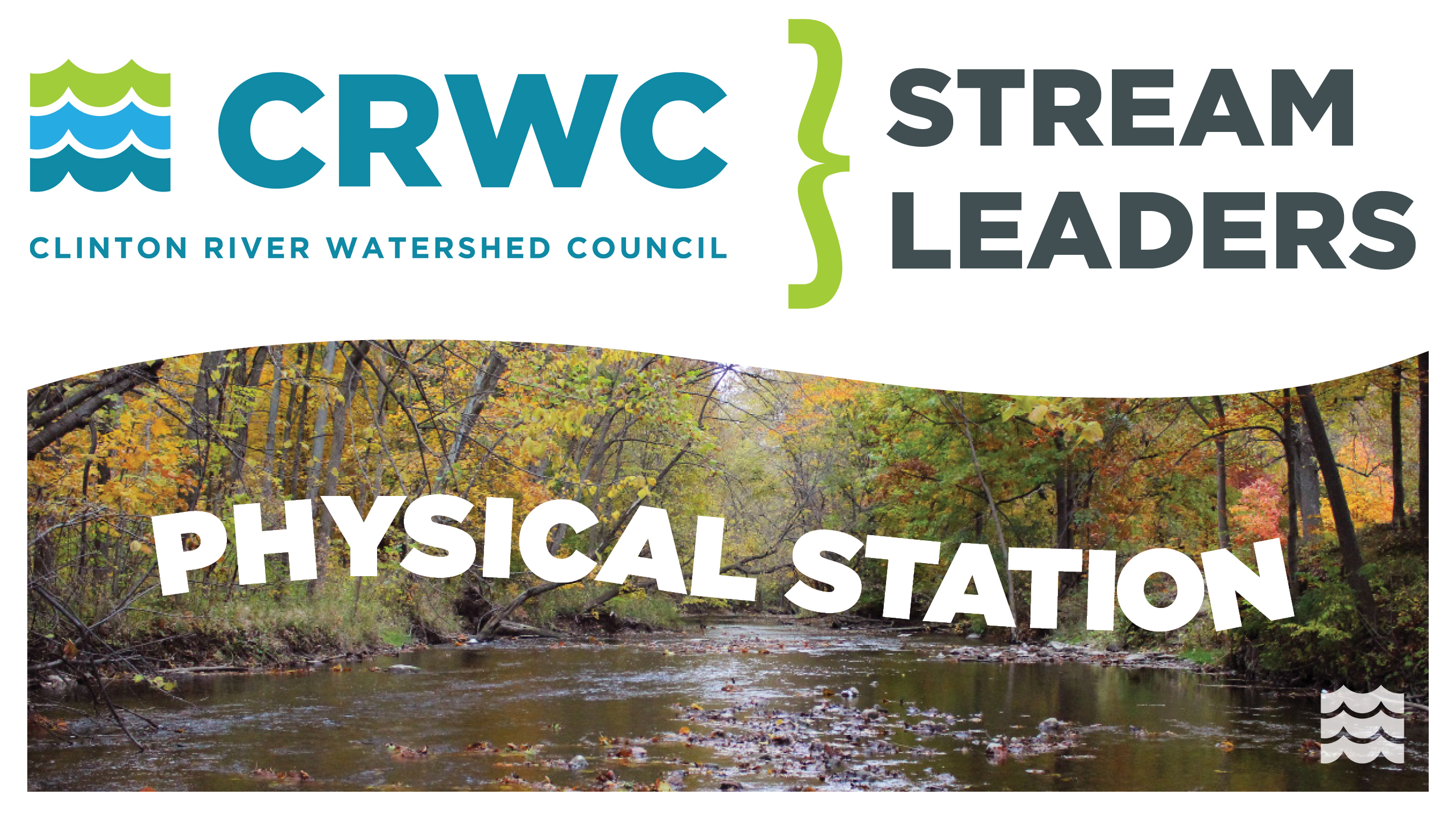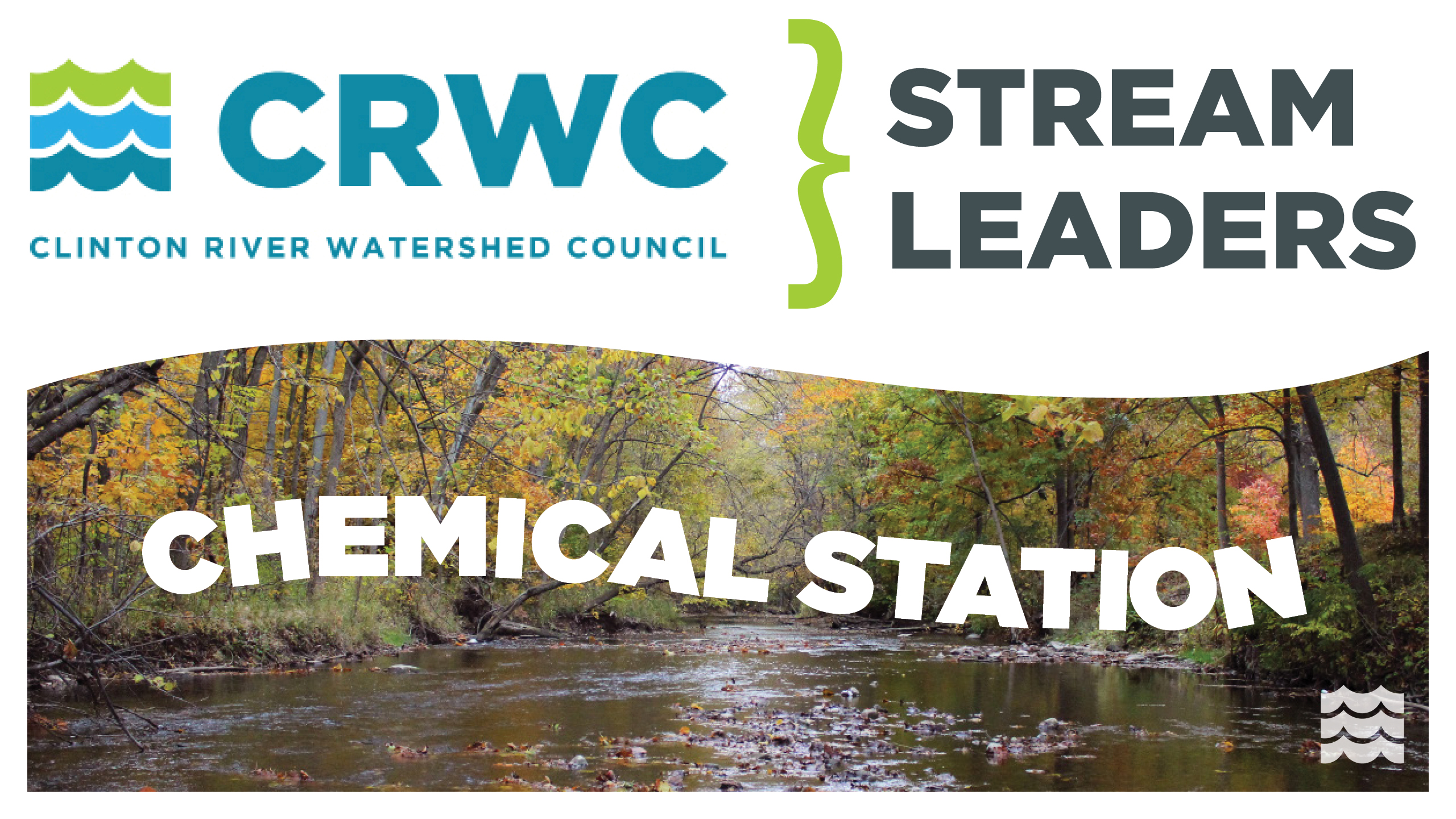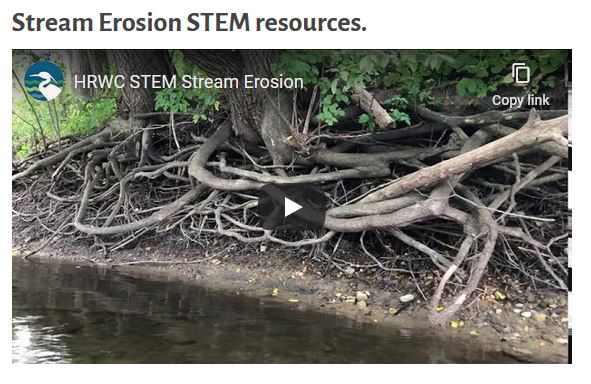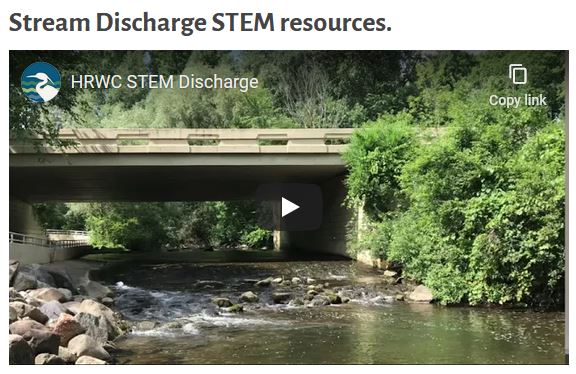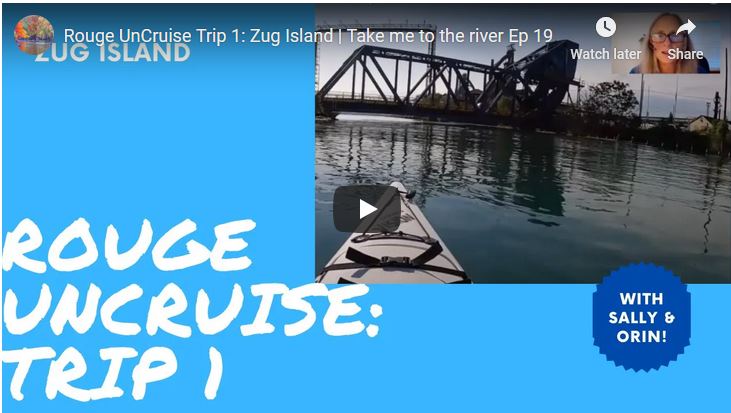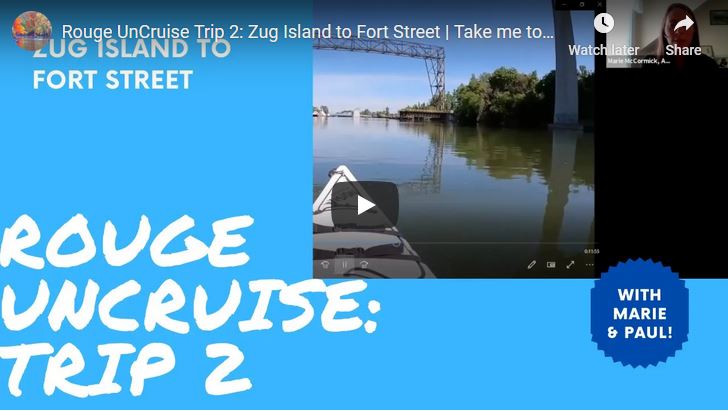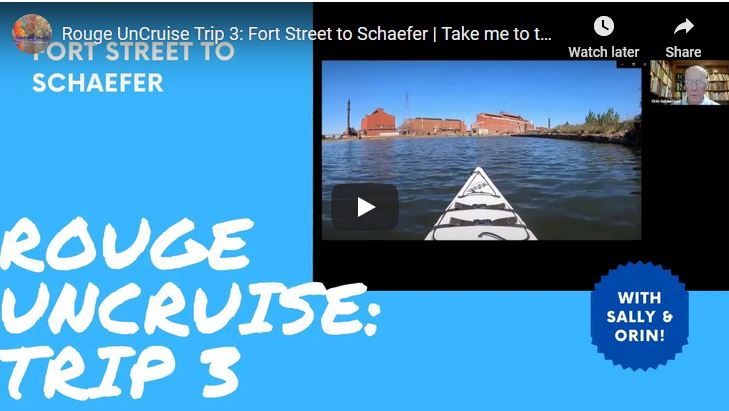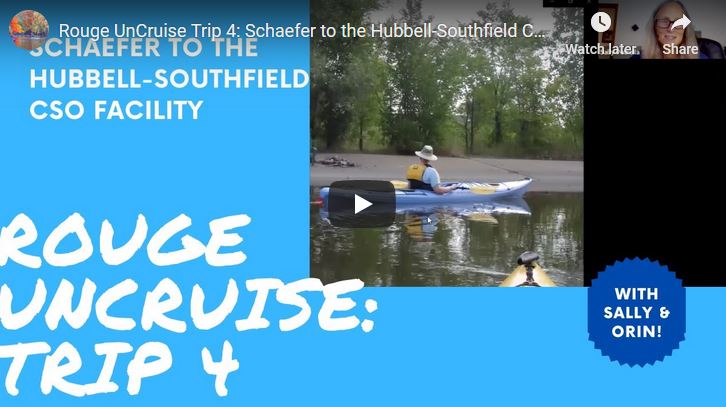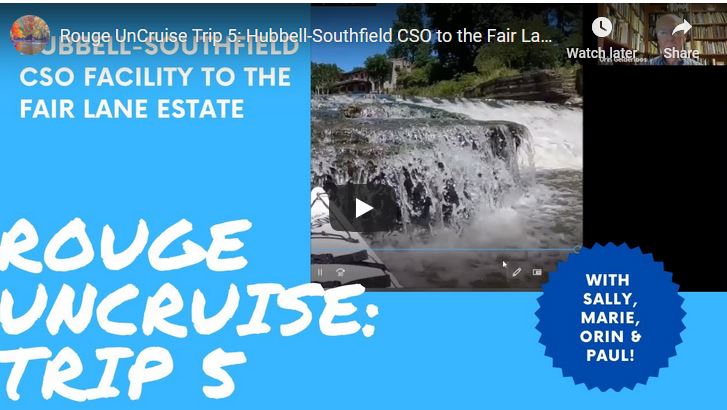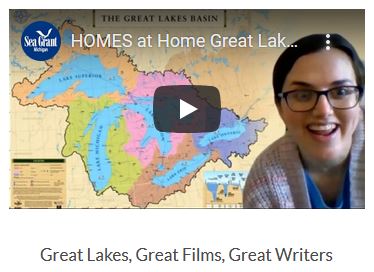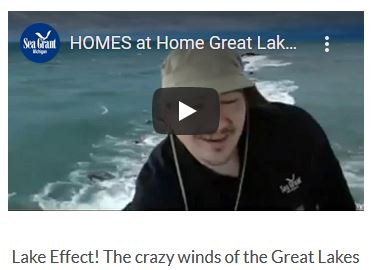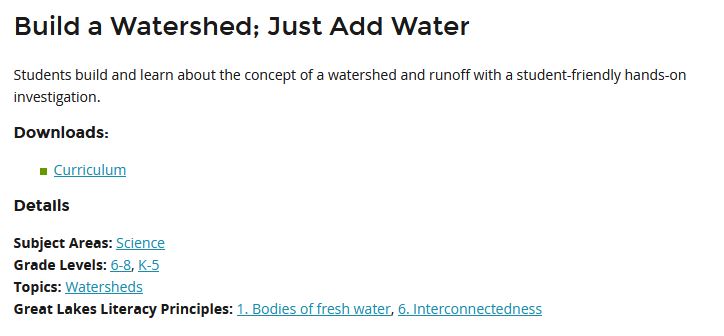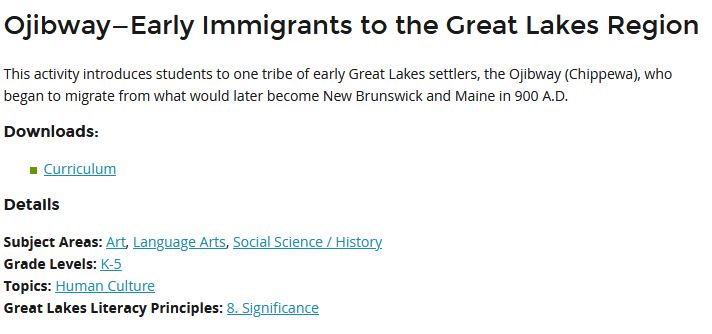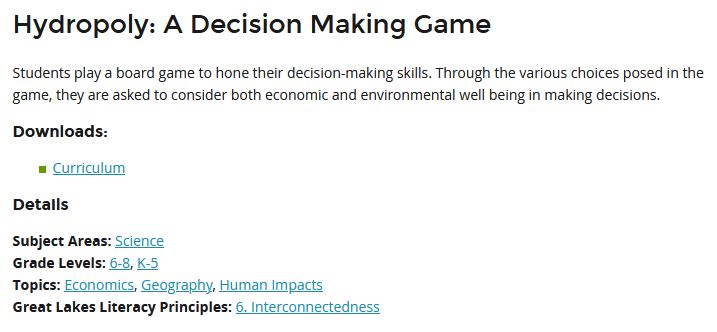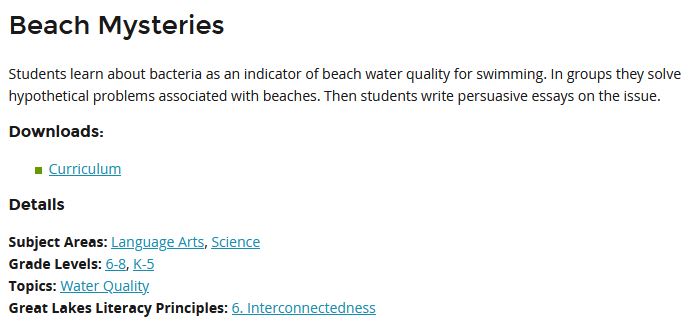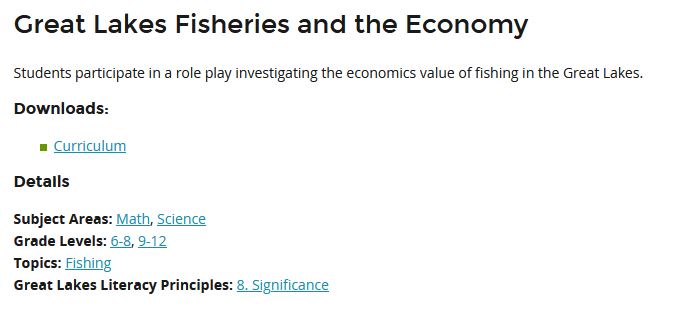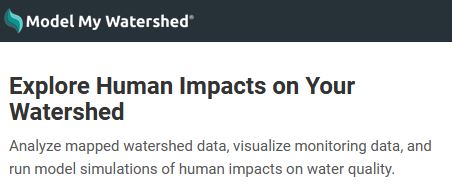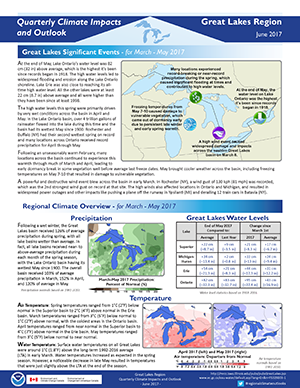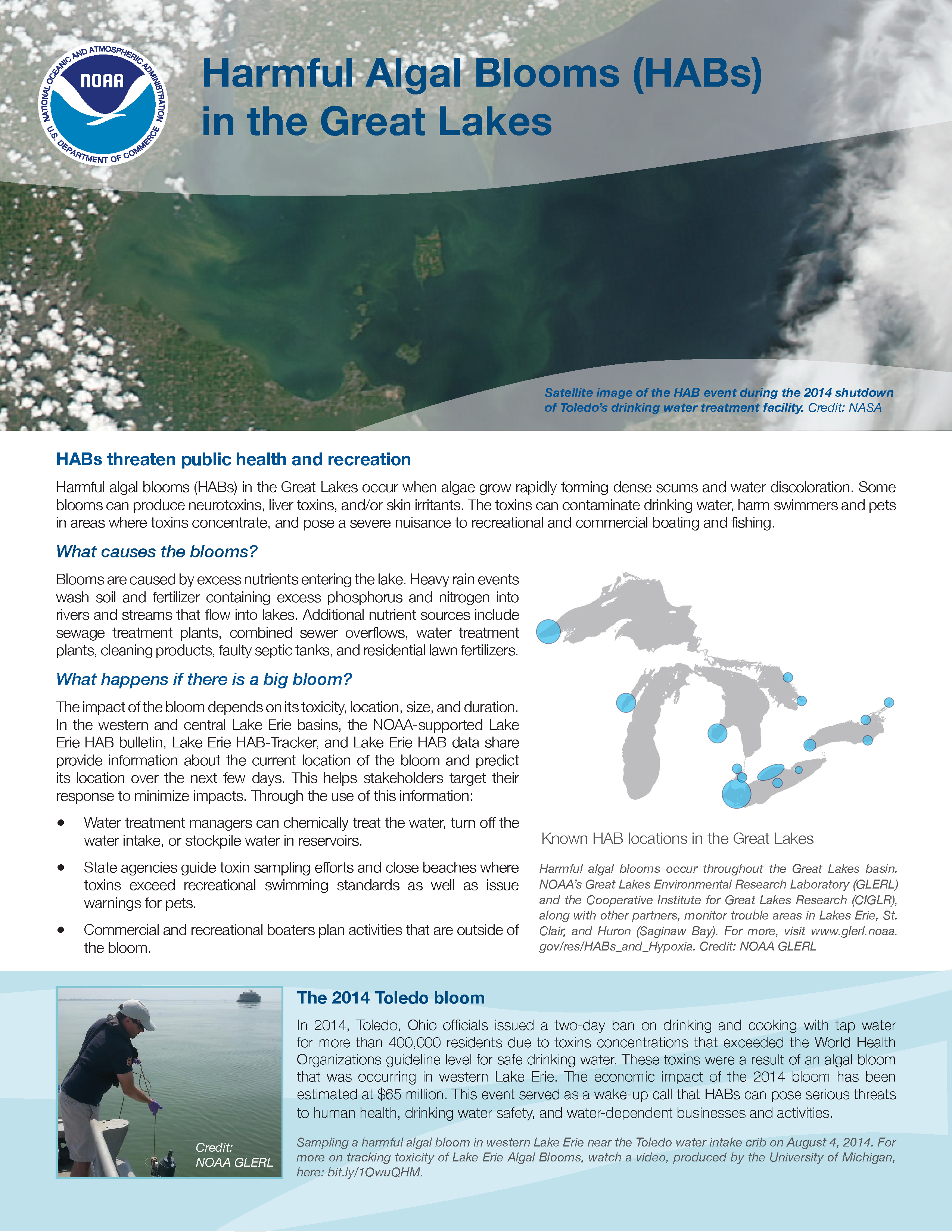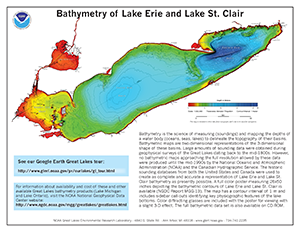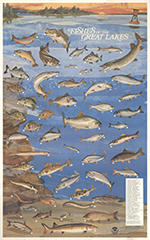The SEMIS Coalition, both independently and through the Great Lakes Stewardship Initiative, is in the process of mapping PBSE to Michigan’s K-12 academic standards to help teachers both identify and recognize the many standards that can be addressed through PBSE. This alignment table will help build teachers’ confidence and capacity for watershed- and stormwater-focused teaching and learning. Our alignment table features lesson ideas and links to existing lessons and activities. This is a living spreadsheet and will be updated occasionally.
NOAA Assets & Resources for Educators
National Oceanic & Atmospheric Administration Meaningful Watershed Education Experiences (MWEEs) What are Meaningful Watershed Educational Experiences? Learn more here!
Virtual Watershed Education Activities
These lessons have been adapted for remote learning by our wonderful intern, Jordan Tyo. Jordan is studying environmental sciences with a minor in education. These lessons and activities are taken from existing curriculum, and we are grateful to the institutions and organizations who have developed these. Each button below will take you to a lesson description with suggested adaptations for virtual learning with your students.
Suggested Grade Level: 6-12 In this lesson students will understand where water flows in their neighborhood, understand the causes and effects of urban stormwater pollution in their community, and share with the community information about stormwater pollution prevention.
Suggested Grade Level: 9-12 This activity shows the ways in which stormwater pollution affects different members of our society. Science is integrated with government & policy through the exploration of an environmental problem.
Suggested Gradel Level: 6-12 In this activity, students work in groups to research different sources of groundwater contamination and give a brief presentation on their source to the rest of their class.
Suggested Grade Level: 4-6 This activity demonstrates the movement of pollutants from surface water to groundwater as well as the difficulty in cleaning up the pollution.
Watershed Education Videos
From our awesome community partners in Southeast Michigan. Please check out their websites directly for more information and additional resources! Video descriptions are adapted from the organization’s website.
From the Clinton River Watershed Council
From the Huron River Watershed Council‘s Streamside Education Program. Some of you have worked with the HRWC before and brought your students to a nearby river or stream to experience and learn from the various stations that HRWC educators and volunteers provide. Now you can see these same demonstrations virtually! Click in the images below to find videos, PDF posters and more. Check out more teacher resources by visiting their website. A Big thank you to Janet and Jason!
You can find helpful accompanying posters to enrich your lessons on stream health! Click one of the links to to the right to use these HRWC educational posters.
Sediment poster: How Does Excess Sediment (Dirt) Affect the River?
Stream speed poster: How does stream speed affect water quality?
Research & Data
HRWC has exenstive and interconnected missions and projects. They provide a wealth of information. Click on the buttons below to be directed to their website pages on these particular topics. Thanks for all the years of research and advocay!
Stormwater Challenge!
Journey through an issues-based adventure with your students and help them identify stormwater related issues in their neighborhoods, connect with community partners, and take action.
From the Great Lakes Stewardship Initiative. Please see their website for more resources! https://greatlakesstewardship.org/
This template is designed to help experienced place-based educators adapt their place-based practice during the COVID-19 pandemic. It includes ideas about conducting place-based education with students who are learning through a virtual or hybrid (virtual/in-person) model. The template assumes that a teacher has some foundational knowledge about this pedagogy.
From the Friends of the Rouge Uncruise Trips. For five consecutive Tuesday evenings in Sept-October of 2020 FotR explored a unique stretch of the Rouge as filmed by Monitoring Manager Sally Petrella and her husband Paul Stark from their kayak. Friends of the Rouge staff and Board Members provided live narration, stories, and answered questions.
Michigan Sea Grant H.O.M.E.S. at Home Webinar Series Features This is a series of fun-filled, family-friendly videos jam-packed full of Great Lakes fun facts, activity suggestions for your family, and daily challenges. Each video provides a high-energy experience that engages people of all ages in learning about the Great Lakes and activities you can do right at home! (taken from their website) To learn more about the entire series please visit here.
The resources below come to us from the Center for Great Lakes Literacy’s (CGLL). It is a compilation of lessons from National Sea Grant programs & the National Oceanic and Atmospheric Administration. We have chosen a few to highlight here which feature watershed education. Just click on the image below to be transported to the lesson PDF. One thing we love about their website is that you can search by grade level, subject, and Great Lakes Literacy Principle. Please visit the website to see the full list of available units and lessons! https://www.cgll.org/curriculum/
Model My Watershed from the Stroud Water Research Center
Model My Watershed is part of Stroud Water Research Center‘s WikiWatershed initiative. WikiWatershed is a web toolkit designed to support citizens, conservation practitioners, municipal decision-makers, researchers, educators, and students to collaboratively advance knowledge and stewardship of fresh water. (Description langauge is adopted directly from their website)
National Oceanic & Atmospheric Administration Educational Resources Highlights from GLERL, the Great Lakes Environmental Research Laboratory. Addional resources can be found on their website: https://www.glerl.noaa.gov/education/
